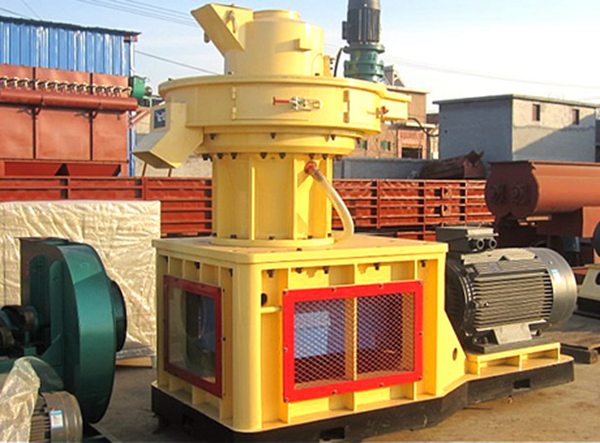Finished particles produced by straw pellet mill feature large compression ratio, short production cycle (1 ~ 3d), easily digestible, palatable, high intake, low water content, easy feeding. In summer and autumn, straw pellet mill can be used to pelletize grass and crop straw into feed particles. It is a good way to ease feed shortage in spring. The newly-prepared wheat straw ammoniated-ensilage fodder (WSAEF) synthesized advantages of the ammoniation and ensilage, as a type of silage. Otherwise, you can produce different livestock feed in accordance with different growth stages, feeding requirements, and scientific formula. The biomass particles can replace grain feed totally, and feed cost will be reduced.

With a straw pellet mill, biomass energy has been fully used. Straw, cotton seed hulls, peanut shells, hardwood, wood particles, corncob, larch sawdust, rice husk can be pelletized into biomass particles. Many biomass enterprises have produced biomass particles for many years, and the finished products have been exported to european countries. Biomass particles can replace renewable energy (coal, petroleum, natural gas). Now, biomass energy has been the forth energy after coal, petroleum and natural gas.
Biomass energy is formed with rod, block and particle. The particle quality is equivalent with intermediate bituminous, whose combustion characteristics have been improved. The biomass particles have many advantages, such as less firepower, fully combustion, no ash and less emissions. Now biomass particle is a effective usage method, which has been well received by foreign customers. In order to avoid the pattern rebounding of biomass particles, a certain of adhesive should be added in the raw materials. Components of the crop straws include cellulose, hemicellulose, lignin, resins, waxes and so on.